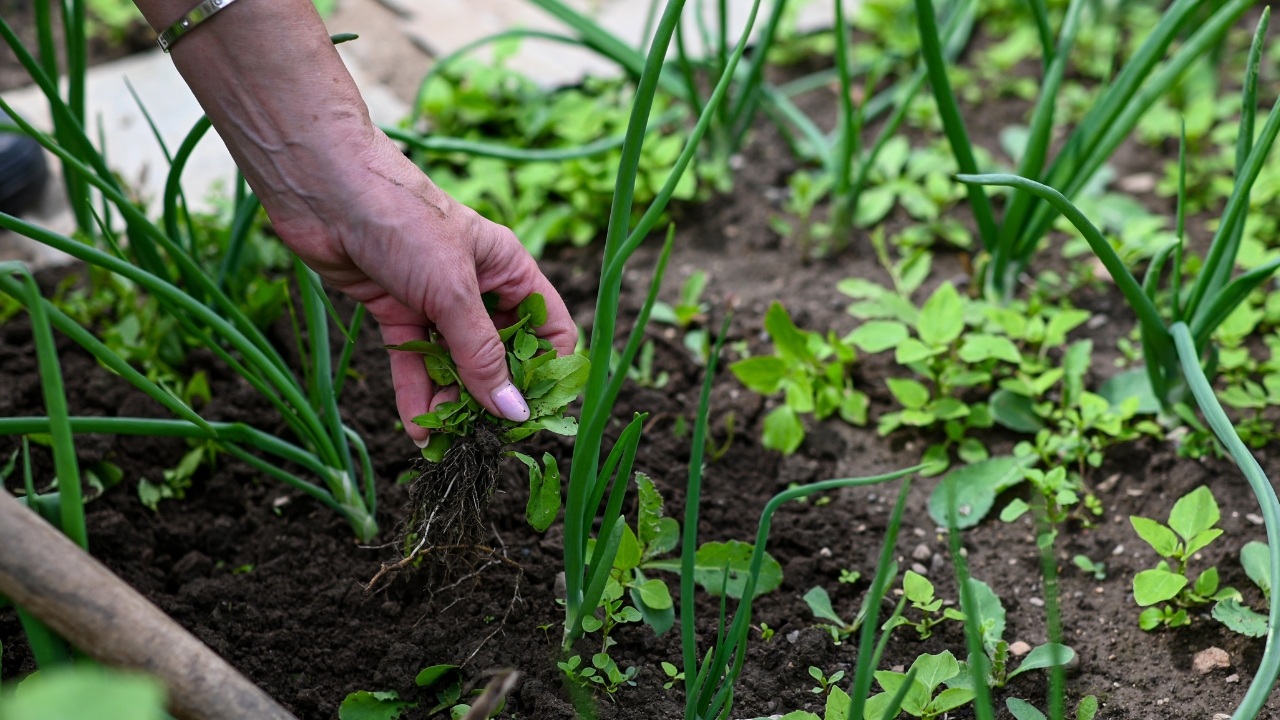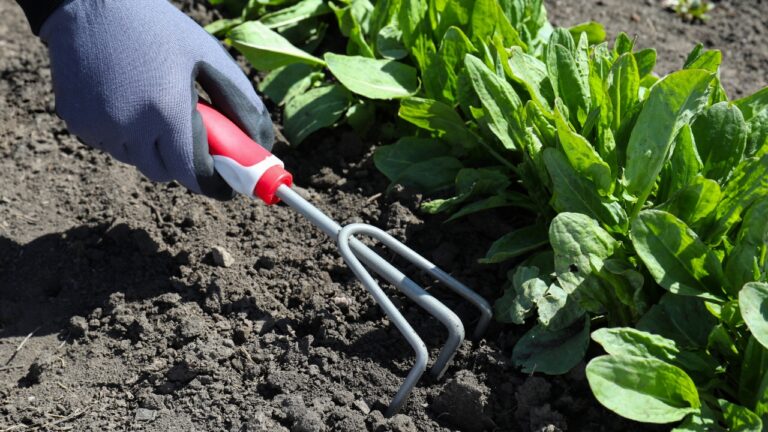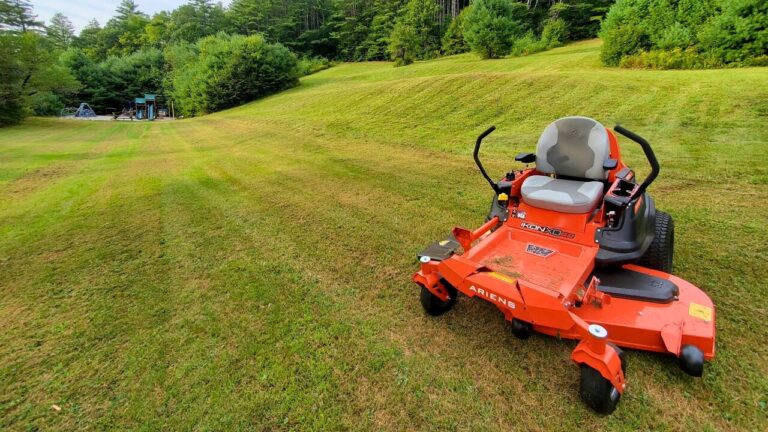10 Weeding Habits That Are Making Things Worse
Weeding feels like one of those chores where any effort should help, right? Unfortunately, some common weeding habits actually make things worse. Whether you’re encouraging weeds to grow back faster or accidentally spreading them around, it’s easy to undo your own hard work without realizing it. If your weeds keep coming back with a vengeance, one of these habits might be to blame.
Pulling Weeds Without Getting the Roots

Grabbing the top and yanking might feel satisfying, but it won’t stop the weed from growing back. Most weeds can regrow from leftover roots—sometimes even stronger than before.
You’ve got to get the whole thing out, roots and all. Using a weeding tool or waiting until after it rains can make it easier to pull the entire root system up instead of leaving part of it behind.
Weeding When the Ground Is Bone Dry

Trying to pull weeds out of hard, dry soil is a losing battle. The roots hold tight, the tops snap off, and you’re stuck dealing with regrowth all over again.
You’ll get better results if you weed after a good rain or give the area a solid soak beforehand. Moist soil loosens up and makes it way easier to pull weeds out completely.
Tossing Pulled Weeds on the Ground
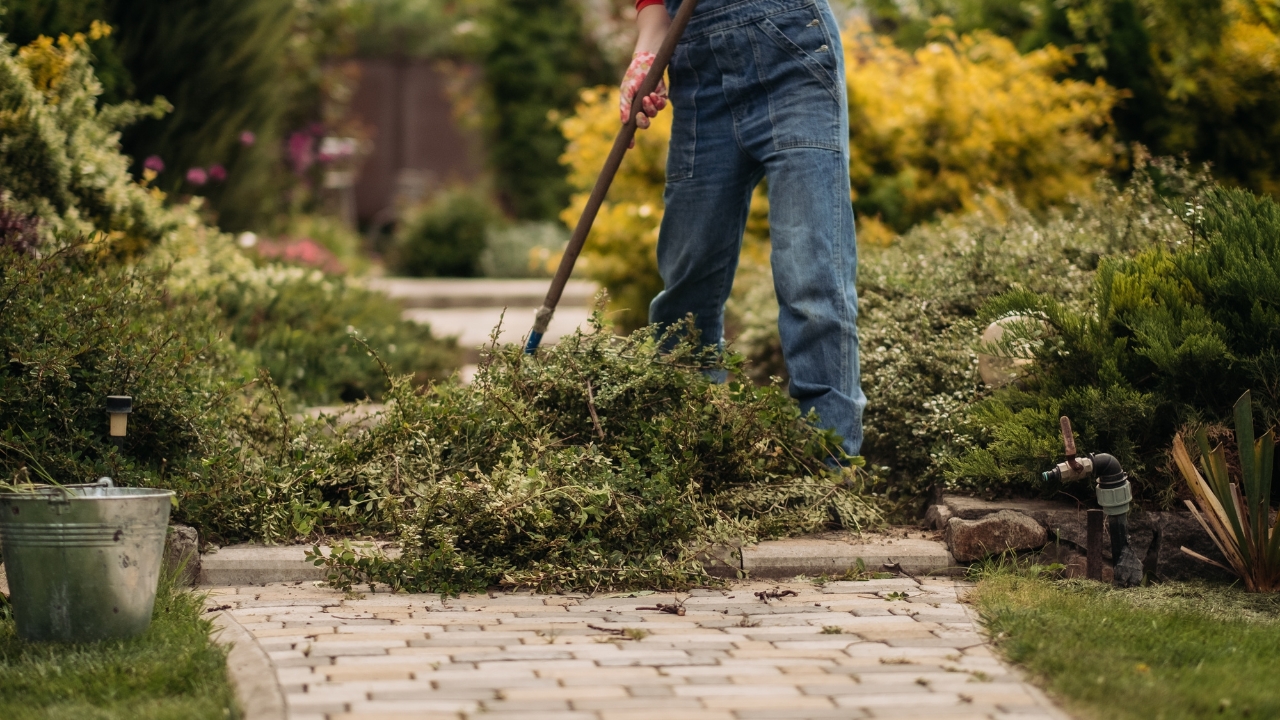
It’s easy to get into the habit of tossing pulled weeds in a pile to “deal with later.” But if you leave them on the ground—especially if they have seeds—you’re basically planting next season’s problem.
Bag them up, compost them properly (if seed-free), or toss them in the trash. Don’t let them hang around where they can re-root or spread.
Ignoring Weed Seeds in Mulch
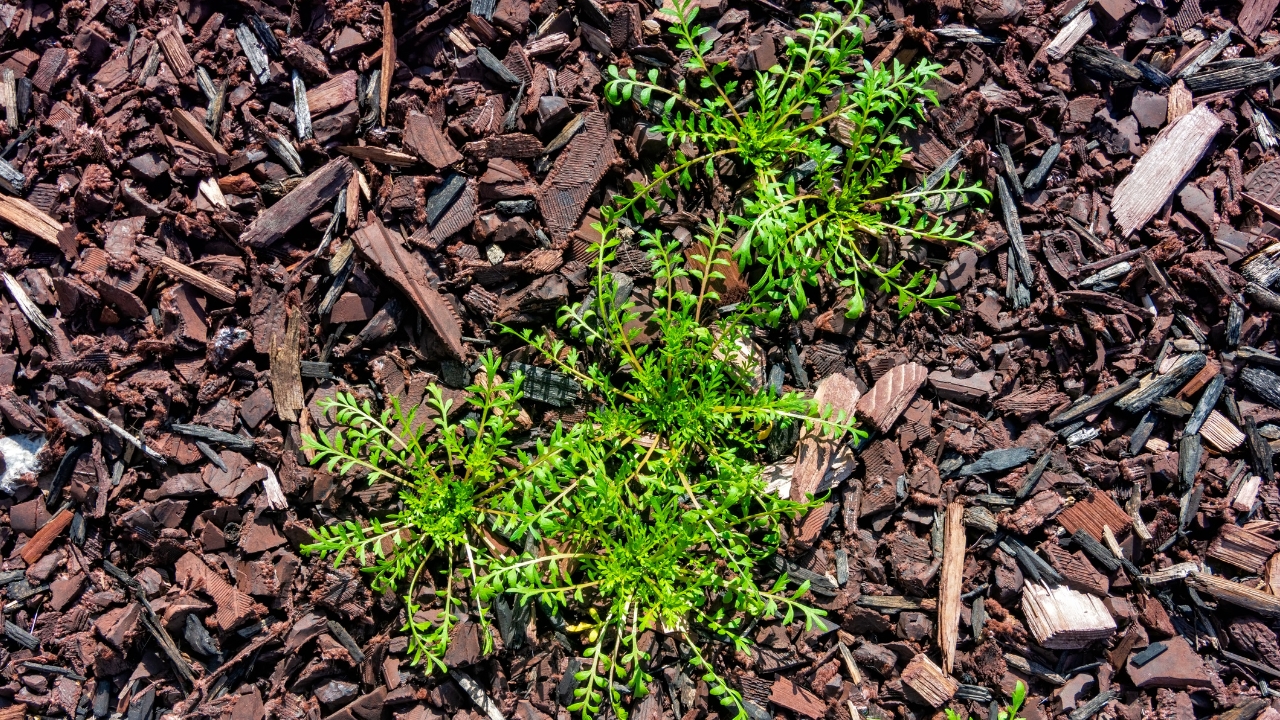
Mulch can help smother weeds, but if it’s full of weed seeds to begin with, you’re laying out the welcome mat for new growth. Not all mulch is clean.
Always buy from a reputable source and avoid free loads from unknown places. If you’re using compost as mulch, make sure it’s fully broken down and hot-composted to kill off any lingering seeds.
Over-Tilling Your Garden Beds

Every time you till, you’re turning up buried weed seeds and giving them access to light and air. That triggers germination, even in areas that looked weed-free before.
Try sticking to minimal tilling or using no-dig methods in your garden beds. If you do have to disturb the soil, cover it quickly with mulch or a ground cover to prevent new weeds from taking over.
Spraying Herbicide on Windy Days
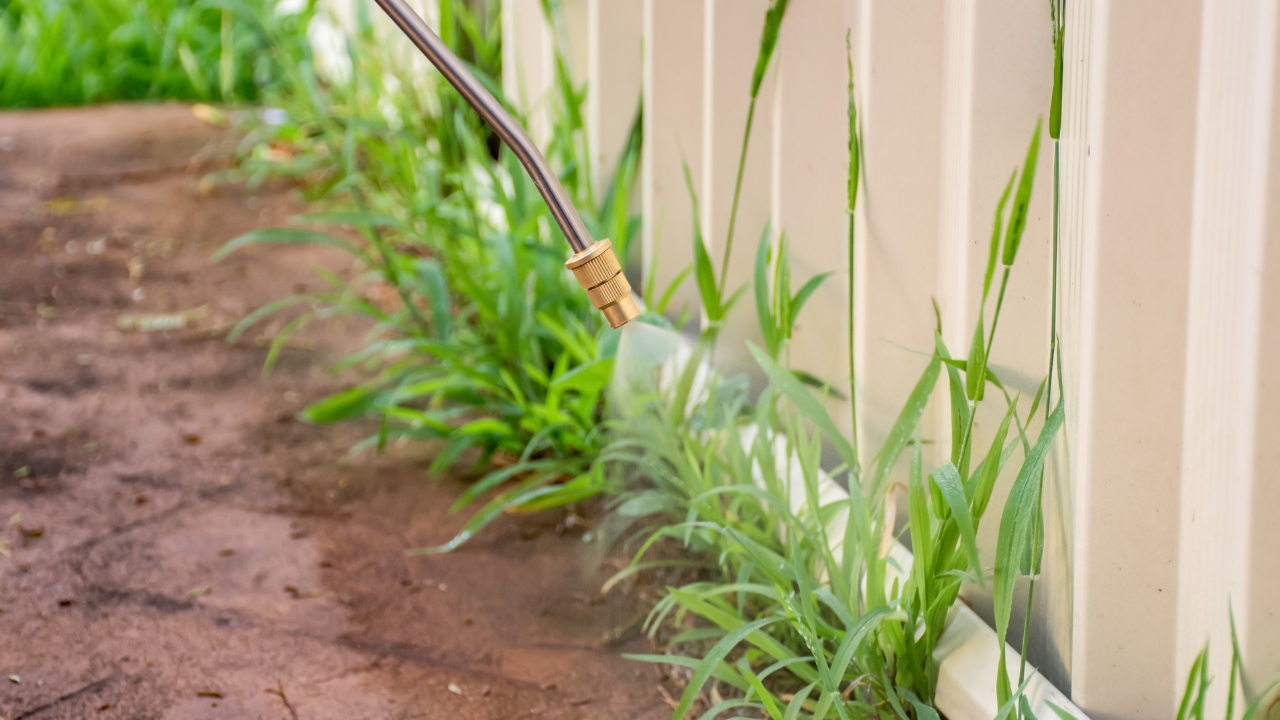
Spraying weed killer when the wind’s blowing is asking for trouble. The product can drift to nearby plants, lawns, or gardens—and it often misses the weed altogether.
Choose a calm day with little to no wind and aim for early morning or evening when temps are cooler. Always spray close to the ground to keep things under control.
Using the Wrong Tool for the Job
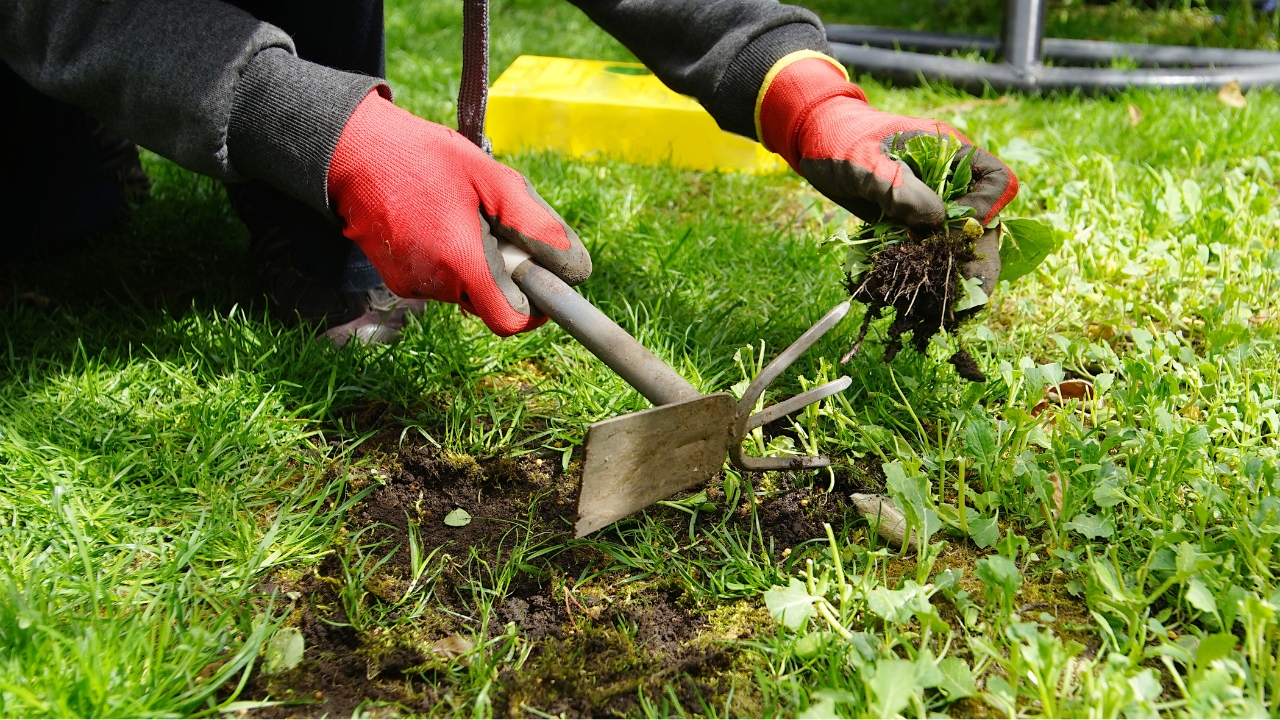
That kitchen trowel might get the job done sometimes, but certain weeds need more than a quick scoop. Deep-rooted or taproot weeds need tools that reach farther down.
A narrow weeding tool or long-handled dandelion puller makes it easier to target the whole root. Using the right tool saves time and helps prevent regrowth.
Not Keeping Up With New Growth

Skipping a few weeks of weeding might not seem like a big deal, but weeds grow fast—and spread faster. Once they flower and drop seeds, your job gets ten times harder.
Make weeding a regular habit, especially during peak growing seasons. A little effort each week keeps things manageable and stops weeds before they take over.
Leaving Bare Dirt Exposed

Open, bare patches of dirt are prime real estate for weeds. Seeds blow in, settle, and take off before you even notice.
Cover those spots with mulch, ground cover, or plants you actually want there. Keeping the soil covered is one of the easiest ways to stop weeds from moving in.
Thinking One Method Will Solve It All

Weeding isn’t a one-and-done job. Relying on one method—whether it’s pulling, spraying, or mulching—won’t always be enough. Some weeds are stubborn and need a combo approach.
Watch how different weeds respond and adjust your methods accordingly. A mix of pulling, mulching, and spot-treating usually gets the best results over time.
*This article was developed with AI-powered tools and has been carefully reviewed by our editors.

